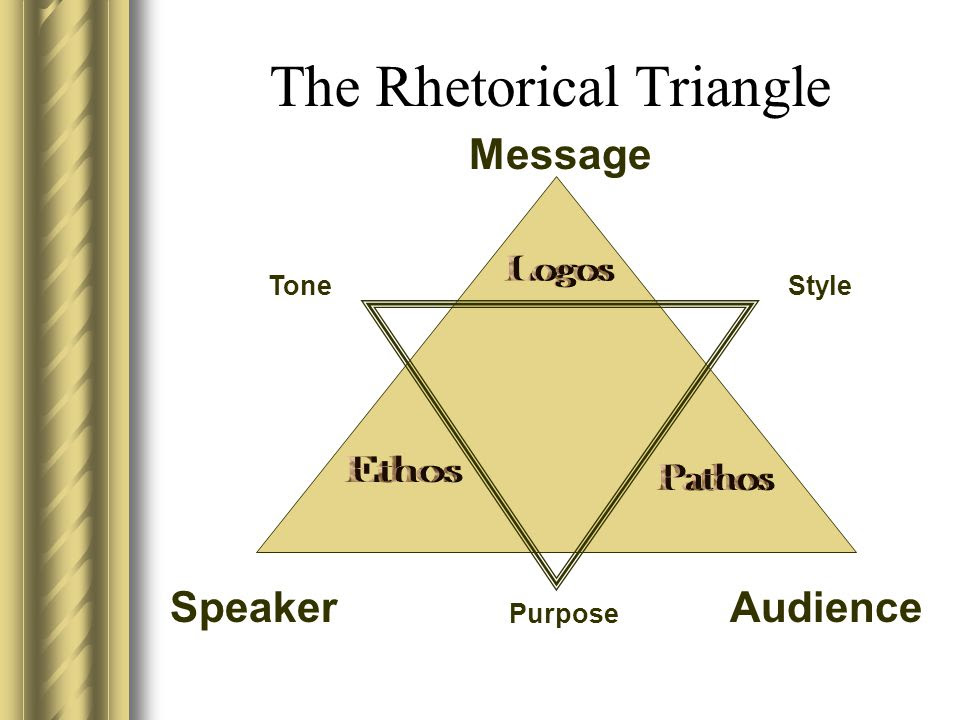
In class: vocabulary quiz (another copy below; original handout on Tuesday, April 30
In class:.We are continuing to look at more examples of the use of rhetorical devices.
Disney and rhetorical devices 4:29
1. What needs to be present in order for a speech to occur?
2. Why is it important to identify the audience for speeches?
persuasive techniques - having it your way
8:30
What persuasive technique is used in these commercials? logos, ethos, pathos?
What is the message? Who is the audience? Who is the speaker?
1. Australian commercial
2. student commercial
3.Chrysler superbowl
Device Definition
1. anaphora the repetition of a word or phrase at the beginning of successive clauses
2. epistrophe the repetition of a word at the end of each phrase or clause: “I swear to tell the truth, the whole truth, and nothing but the truth.”
3. analogy the comparison of two pairs that have the same relationship. The key is to ascertain the relationship between the first so you can choose the correct second pair. Part to whole, opposites, results of are types of relationships you should find
4. apostrophe interruption of thought to directly address a person or a personification: “So, I ask you, dear reader, what would you have me do?”
5. * imagery language that evokes one or all of the five senses: seeing, hearing, tasting, smelling
touching
6. counterpoints contrasting ideas such as black/white, darkness/light, good/bad
7. * hyperbole exaggeration or overstatement
8. irony an expression, often humorous or sarcastic, that exposes perversity or absurdity
Aristotelian Appeals
9. logos appeals to the head using logic, numbers, explanations, and facts. Through Logos, a writer aims at a person's intellect. The idea is that if you are logical, you will understand
10. ethos appeals to the conscience, ethics, morals, standards, values, principles
11. pathos appeals to the heart, emotions, sympathy, passions, sentimentality.




No comments:
Post a Comment